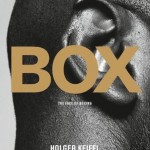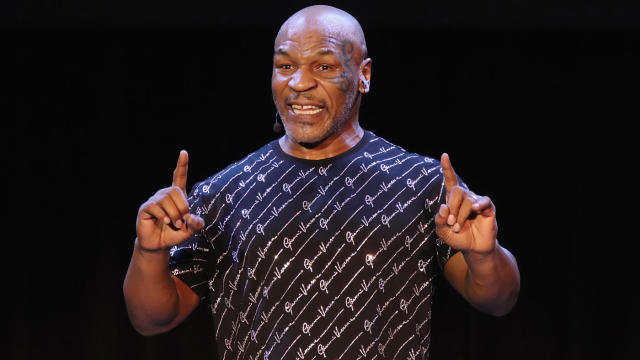
Photographer Holger Keiffel has chronicled the living face of boxing in lush black and white portraits which glare off the page, offering a stark but heroic glimpse into the heart of the cruelest sport through the men who have learned its cruelest lesson:
Boxing, ultimately, is Tragedy. Only the how and the when of it remain to be seen.
It shows in their faces, and it is faces that Keiffel focuses on: “I don’t style,” he says. “I document. I want an honest face.”
Keiffel got what he wanted. Boxers fresh from the fight, and many long retired— managers, trainers, promoters, writers, refs and TV announcers— all assembled in close to 200 pages and over 300 photographs accompanied by well chosen quotes from the ringmen themselves.
The younger boxers, often covered in tattooed talismans of one sort or another, gaze defiant, but show a tempered promise born of loss and perhaps the toll of the boxing “business” itself. The course not fully run, many seem to be whistling in the graveyards of their own pyrrhic sacrifice.
The older boxers, many of them former champions, show an unapologetic splayed nose pride in having fought the fight—despite knowing the answer to the tragic questions—their own how and whens already a part of boxing’s well documented history.
And maybe therein lay the quiet dignity in the faces of men like Jake LaMotta, Joe Frazier and Jose Torres. The notion that marked as they may be, they have also left their mark.
Boxer Vito Antuofermo quips in the quote which accompanies his rugged but handsome mug: “Someone counted them all up and told me that I had 345 stitches in my face. That’s a record or something.” But it is not the only record he holds. Antuofermo is the former Middleweight Champion of the World. A pedigree shared with the likes of Billy Conn, the Sugar Rays— Leonard and Robinson— Jake LaMotta, Marvin Hagler, the great Stanley Ketchel, and elite boxers who answered the 160 pound question all the way back to the late 1800’s Jack “The Nonpareil” Dempsey, and beyond. Antuofermo beat the man who beat the man….
With each of us given a lifetime to do what we will, few can boast of such accomplishments.
In the quote which accompanies an alarmingly older but fashionably clad Joe Frazier, he says
“That night at Madison Square Garden; fifteenth round when I put Ali down. I stood where no one else ever stood.”
You can see it in his face.
The photos were taken at times in studio, but most often on the fly at “press conferences, weigh-ins, and fights, using a Mamiya RZ camera with no computer gimmickry.” The book is described by Thomas Hauser, the award winning boxing writer who penned Muhammad Ali’s official biography and contributed text to Keifel’s handsome volume (Chronicle Books, 29.95), as “the most important collection of boxing portraits ever assembled.” I’d have to agree. For the boxing fan, the book is an indispensible nugget of almost voyeuristic eye candy. But more than that, like all great portraiture, Keifel’s work is an intimate study in what it means to be human.
But if boxing is, as Joyce Carol Oates has noted, “a celebration of the lost religion of masculinity, all the more trenchant for its being lost,” this is what it looks like.










